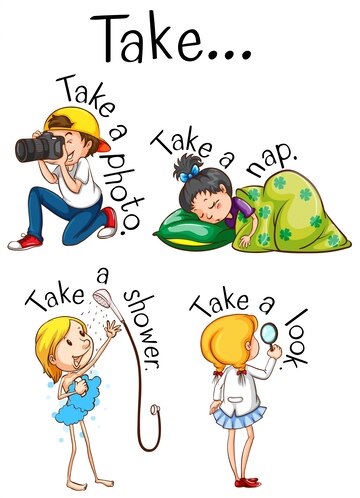In today’s fast-paced digital landscape, brands are constantly competing for attention. Traditional marketing tactics that focus solely on product features and benefits are no longer enough to captivate audiences. Instead, storytelling has emerged as one of the most powerful tools in marketing, enabling brands to connect with customers on an emotional level, build trust, and drive engagement.
Why Storytelling Matters in Marketing
At its core, storytelling is about creating a narrative that resonates with people. Unlike traditional advertising, which often relies on facts and statistics, storytelling taps into human emotions, making messages more memorable and persuasive. Here’s why it’s so effective:
- Emotional Connection – People remember stories far more than they do lists of features or data points. A compelling story can create an emotional bond between a brand and its audience.
- Brand Differentiation – Every company has a unique story. Effective storytelling helps businesses stand out in a crowded marketplace by highlighting their mission, values, and purpose.
- Increased Engagement – Whether through social media, videos, or blogs, stories capture attention and encourage customers to interact with the brand.
- Builds Trust and Loyalty – Authentic storytelling makes brands more relatable and trustworthy, leading to long-term customer relationships.
Key Elements of Effective Storytelling in Marketing
To craft a compelling marketing story, consider incorporating these essential elements:
1. A Relatable Protagonist
Every great story has a main character that the audience can connect with. In marketing, this could be:
- A customer who overcomes a challenge using your product.
- Your brand itself, showcasing its journey and values.
- An employee whose experience highlights the company culture.
2. Conflict and Resolution
A strong narrative includes a problem and a resolution. Identify the pain points your audience faces and show how your product or service provides the solution.
Example: A small business struggling with productivity finds success after implementing a new project management tool.
3. Authenticity and Emotion
Authenticity is key to storytelling. Consumers can sense when a brand is being disingenuous. Use real-life experiences, testimonials, and behind-the-scenes content to create genuine connections.
4. A Clear Message
A great story should have a clear takeaway. What do you want your audience to feel or do after engaging with your content? Ensure the story aligns with your brand’s mission and values.
5. A Strong Call-to-Action (CTA)
Stories should lead to action. Whether it’s subscribing to a newsletter, making a purchase, or sharing content, a well-placed CTA ensures that your storytelling efforts translate into tangible results.
Storytelling Formats in Marketing
There are various ways brands can use storytelling to engage their audience:
1. Video Marketing
Videos are one of the most effective storytelling mediums. They allow brands to combine visuals, sound, and narrative to evoke emotions. Examples include:
- Brand documentaries
- Customer testimonials
- Behind-the-scenes company stories
2. Social Media Stories
Platforms like Instagram, Facebook, and TikTok provide opportunities for brands to share short, engaging stories through reels, live sessions, and posts.
3. Blog Content and Case Studies
Writing in-depth stories about customer success, brand history, or industry insights helps build authority and trust.
4. Email Campaigns
Using storytelling in email marketing can make newsletters more engaging and personalized, leading to higher open and conversion rates.
Successful Examples of Storytelling in Marketing
1. Nike’s “Find Your Greatness” Campaign
Nike consistently uses storytelling to inspire. Their “Find Your Greatness” campaign featured real people pushing their limits, reinforcing the message that greatness is within everyone’s reach.
2. Apple’s “Think Different” Campaign
Apple’s iconic campaign told the story of visionaries like Einstein and Gandhi, aligning their brand with creativity and innovation.
3. Coca-Cola’s Holiday Campaigns
Coca-Cola’s holiday commercials often focus on themes of kindness, family, and togetherness, creating an emotional connection with viewers.
Conclusion
Storytelling in marketing is not just a trend—it’s a fundamental strategy that transforms the way brands communicate with their audience. By crafting compelling narratives that evoke emotion, build trust, and engage customers, businesses can create lasting relationships and drive meaningful action. Whether through video, social media, blogs, or email, every brand has a story to tell—what’s yours



